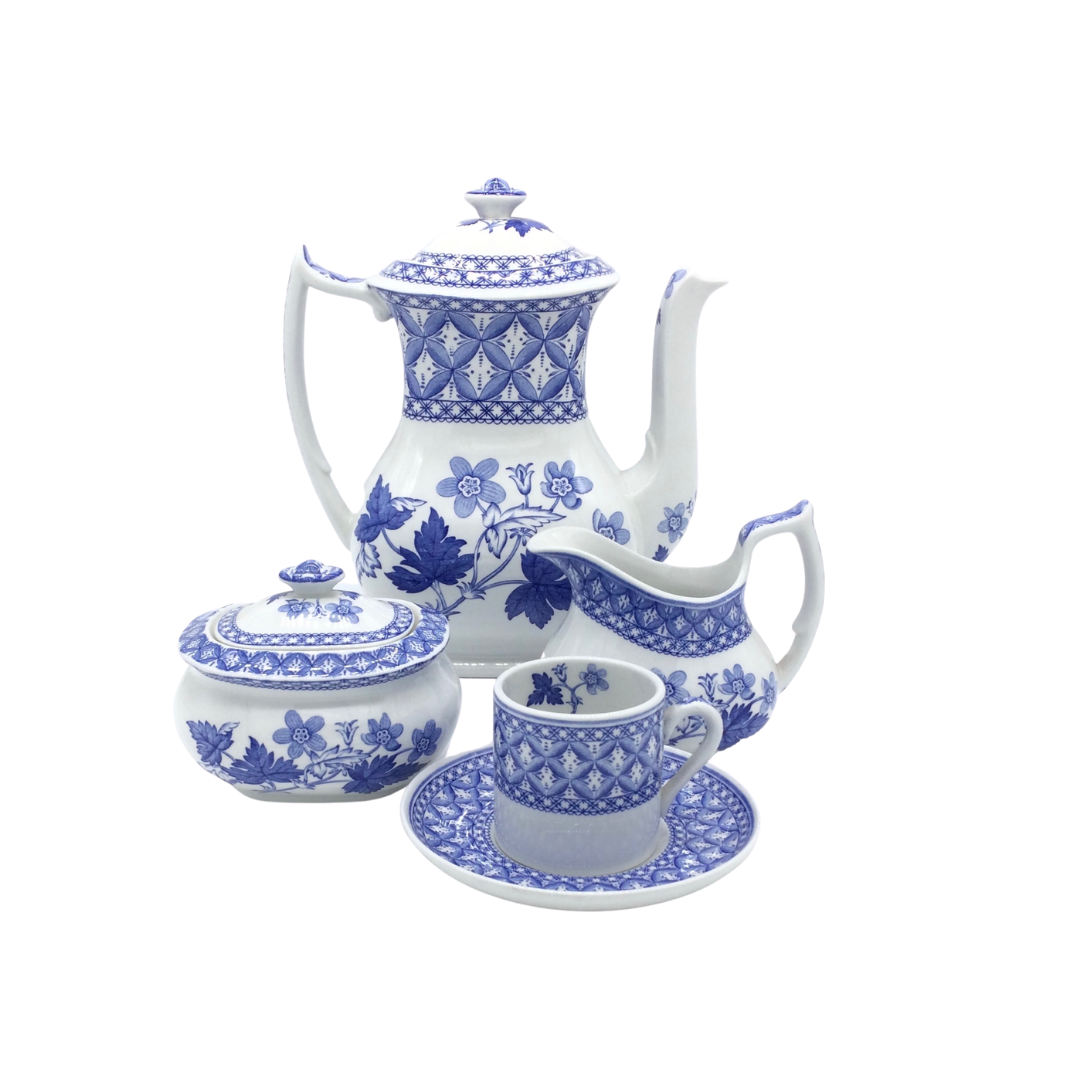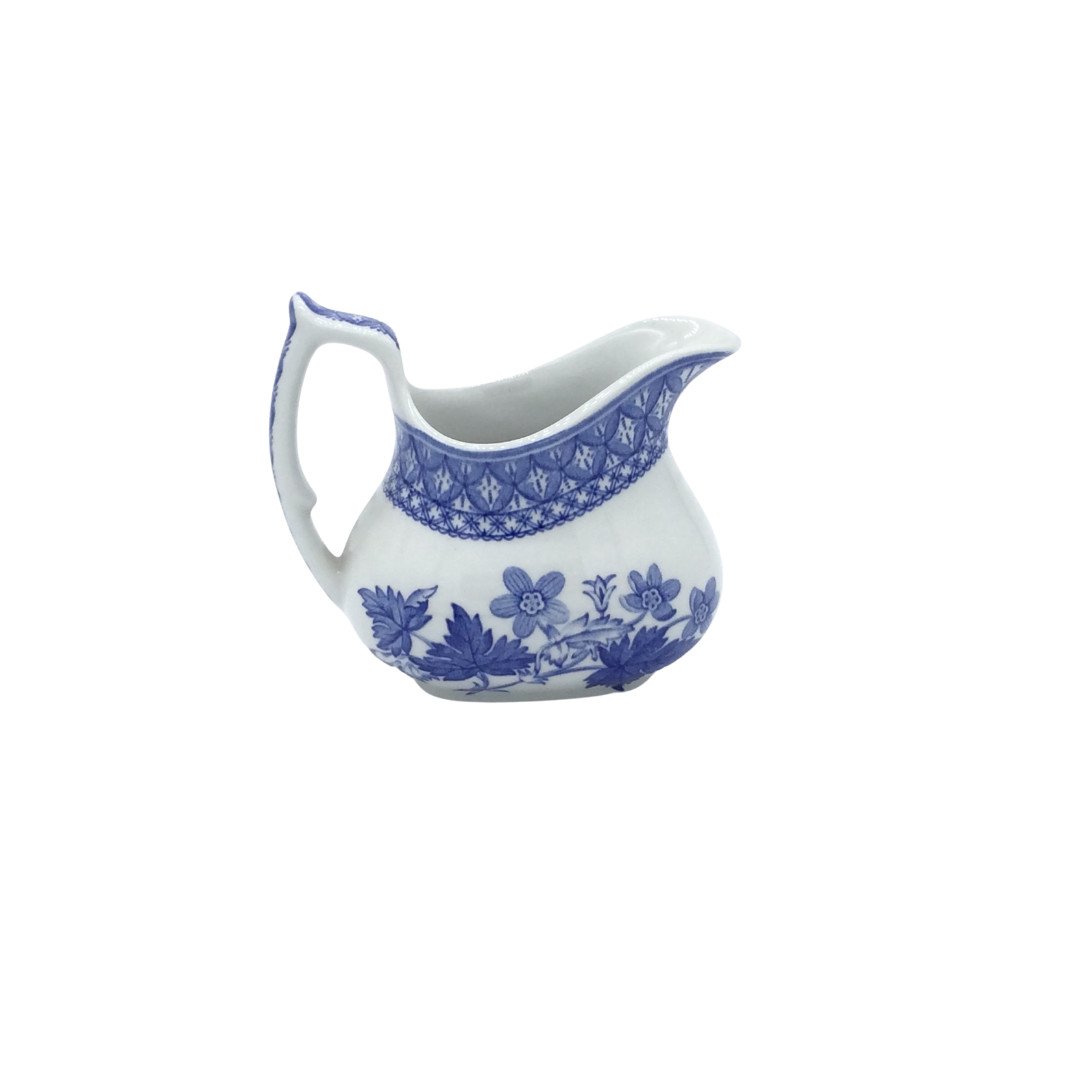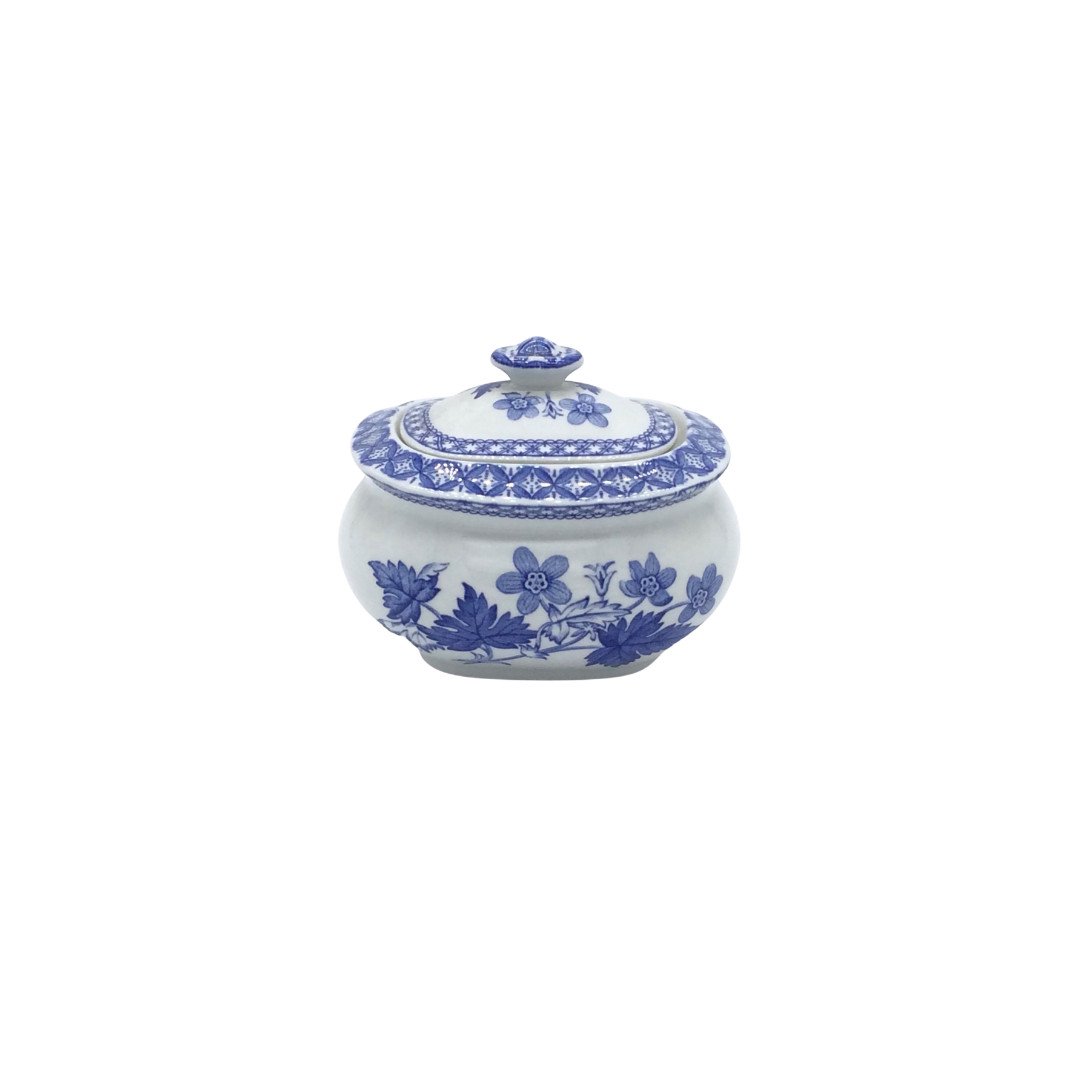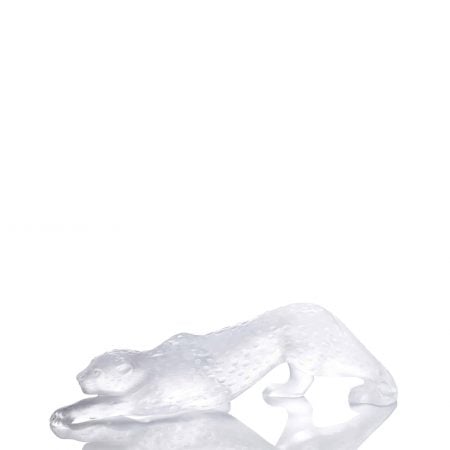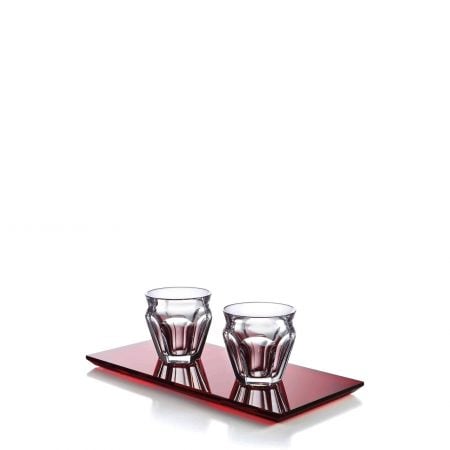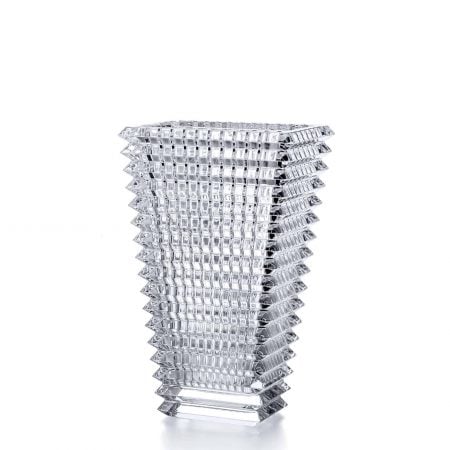SPODE Coffee service Blue Geranium 15pcs
SKU: SpodeBlueGeraniumSPODE Coffee service Blue Geranium 15pcs
12 cups and saucers
1 coffee pot
1 milk jug
1 sugar bowl
Product not available
Product not available
700,00€ Original price was: 700,00€.350,00€Current price is: 350,00€.
SPODE Coffee service Blue Geranium 15pcs
Set for 12 composed by 15 pieces of the prestigious brand Spode. Ceramic.
The Spode brand was born in 1770 in Stoke-on-Trent, one of the historical places of English ceramics production.
Josiah Spode, invented the Fine Bone China label which still today identifies the best English porcelain. Spode immediately meant experimentation and innovation, with a clear ability to enhance the tradition and classicism of English potteries: the icon of this Anglo-Saxon manufacture is the Blue Italian decoration, ambassador of the Spode style in the world, the refined gold decoration that together with the other collections in ceramic and bone china embellishes the tables of the most beautiful houses in the world.
Spode’s history
Josiah Spode I made a name for himself with the introduction of blue undercoat transfer printing on terracotta in 1783-84. The Worcester and Caughley factories had begun underglaze and overglaze transfer printing on porcelain in the early 1750s, and from 1756 overglaze printing was also applied to terracotta and stoneware. The processes for underglaze and overglaze decoration were very different. Overglaze “bat printing” on terracotta was a fairly simple process and designs were produced in a range of colours including black, red and lilac. Underglaze “hot-press” printing was limited to the colours that would resist the subsequent firing of enamel, and a deep blue was the predominant colour.
To adapt the process from producing small porcelain tea sets to larger terracotta tableware, it was necessary to create more flexible paper to convey the designs from the engraved copper plate to the biscuit terracotta body, and develop an enamel recipe that brought the colour of the black-blue cobalt print to brilliant perfection. When Spode employed skilled engraver Thomas Lucas and printer James Richard, both from the Caughley factory, in 1783 he was able to introduce high-quality blue printed terracotta to the market. Thomas Minton , another engraver trained by Caughley, also supplied copper plates to Spode until he opened his factory in Stoke-on-Trent in 1796.
This method involved engraving a drawing on a copper plate, which was then printed on rubberised fabric. The coloured paste was worked into the cut areas of the copper plate and removed from uncut surfaces, then printed through the rollers. These designs, including the edge patterns which had to be manipulated in sections, were cut out with scissors and applied to the cooked crockery (using a white fabric), itself prepared with a rubber solution. The fabric was then floated away in water, leaving the pattern adherent to the plate. This was then dipped into the enamel and put back into the oven for baking
| Brand |
|---|

